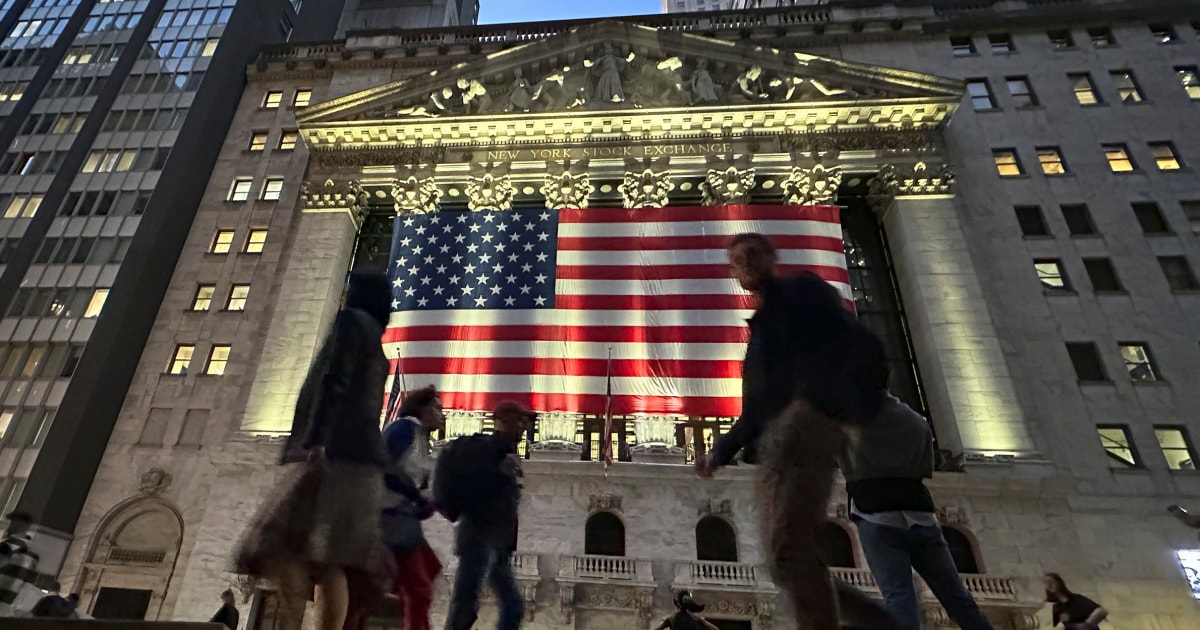Major stock indices soared Wednesday morning in the wake of Donald Trump’s decisive victory in Tuesday’s presidential election.
When markets opened at 9:30 a.m., the S&P 500 was up 2%, while the tech-heavy Nasdaq climbed at about the same pace%. The Dow Jones Industrial Average gained 1,300 points, or 3.2%.
The last time the Dow, which represents larger, more established firms, saw a 1,000 point-jump in a single day was November 2022.
NBC News is projecting that Trump will finish with 276 Electoral College votes in his defeat of Democratic challenger Vice President Kamala Harris. Republicans are also poised to earn a firm majority in the Senate, while the House remains too close to call.
Trump has promised to extend or enact sweeping tax cuts and deregulatory policies that are widely supported across the business community. For now, that is pushing markets higher.
“Investor sentiment is pro-growth, pro-deregulation, and pro-markets, as seen in the overnight market action,” said David Bahnsen, chief investment officer, The Bahnsen Group, in a note to clients. “There is also an assumption that (merger and acquisition) activity will pickup and that more tax cuts are coming or the existing ones will be extended. This creates a strong backdrop for stocks.”
Shares in major banks, which are often the beneficiary of increased M&A activity, saw large increases, with JP Morgan up 6.8%, Bank of America up 6.6%, and Wells Fargo up 11%.
The gains also trickled down to the Russell 2000 index, which represents smaller companies. That benchmark jumped 4%.
History also predicts a brighter year ahead for stocks following an election year: According to BTIG Managing Director and Director of Policy Research Isaac Boltansky, the S&P 500 finished higher in nine of the last 11 years in which a president has been sworn in.
“Of course, there are acute sector considerations and there are broader macroeconomic implications, but in general the U.S. economy continues to march forward,” Boltansky wrote in a note Wednesday.
Alongside the stock surges were signs that investors are also bracing for an increase in inflation and widening deficits. Investors sold off bonds, causing the 10-year Treasury note yield to rise 20 basis points. When inflation expectations increase, bonds tend to become less valuable if interest rates must also rise.
Oil prices fell sharply too as the U.S. dollar soared, on the expectation that Trump’s promise to increase tariffs would end up reducing U.S. imports. The USD benchmark index saw its largest one-day increase since June 2016.
That represents market pushback on one of Trump’s key policy planks: A weaker dollar that would support U.S. exports.

